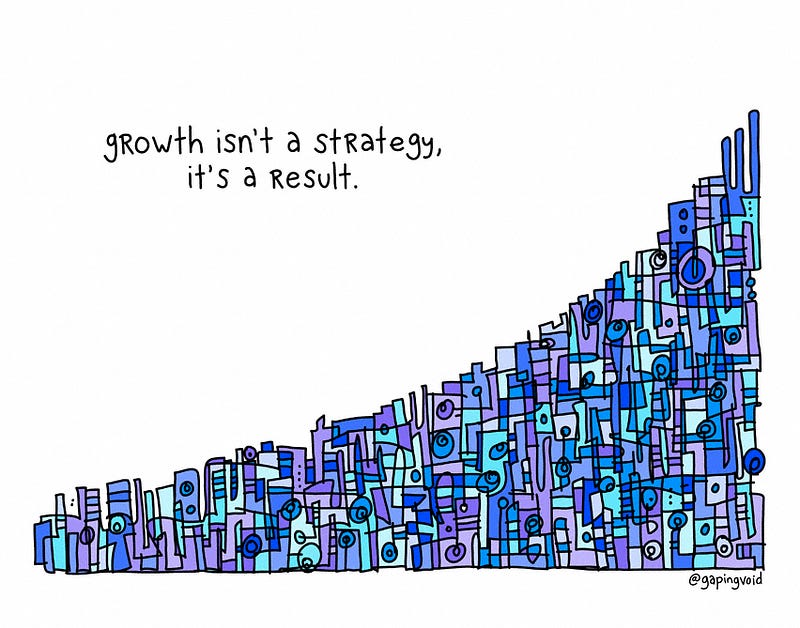How Companies Can Avoid the Innovator’s Dilemma — Backchannel — Medium

Innovating at Scale: The Companies That Don’t Let Size Slow Them Down
Nothing lasts forever — not even unicorns. But some unicorns live long lives.

The life cycle of consumer products is depressingly predictable. A product becomes a hit because it resonates with a generation. And as time goes on, that generation matures and is inevitably replaced by a fresh set of customers with distinct tastes and perspectives. The product, a victim of its own success, eventually hits a ceiling.
In technology, the cycle is on constant repeat. Once a consumer product starts to gain a large audience — it risks disruption from another new solution, one that ups the innovation ante. These usurpers then grow and are themselves eventually displaced. That’s the classic pattern of disruption — what Clay Christensen calls the Innovator’s Dilemma.
I’ve had the privilege to witness this cycle thousands of times. After building and growing many Facebook apps, games and mobile apps, I’ve learned that once a product finds or gains a large initial audience, there are two options for achieving large scale growth:
- The product evolves and becomes a platform that other companies can integrate into their own products, building specialized use cases for their audience. Facebook launched its platform in 2007 and grew its monthly active users from 50 million to 1.44 billion, a 28.8x increase.
- The company decides to try and disrupt its own product. Deliberate disruption helps fight off all the other companies (usually startups) who are going after the audience. Apple has created innovative products, such as the iPad, in order to fuel its own growth. One might imagine that the iPad has the potential to take market away from Apple’s own existing products (i.e. Macbook).
Often times, both of these things happen. As a result, a consumer eventually gets used to a feature and the shiny new product loses its appeal. Then, something new and novel comes along and the cycle of disruption starts again. For a company to survive long-term, it must own whatever disruptive thing comes next.
Disruption is The Only Choice
Recently, designer Ben Barry shared a few pages from Facebook’s Little Red Book, in which he explained how consumer companies have successfully innovated to stay relevant.
